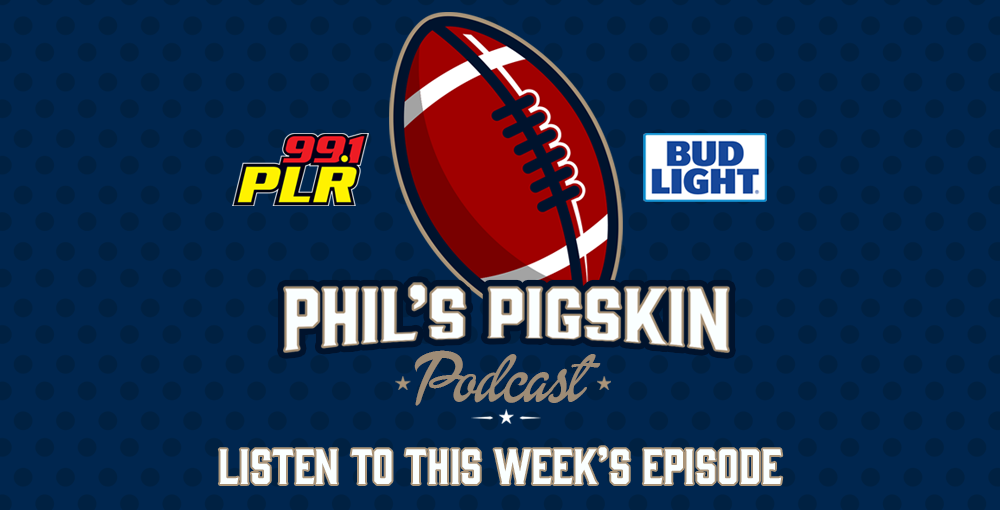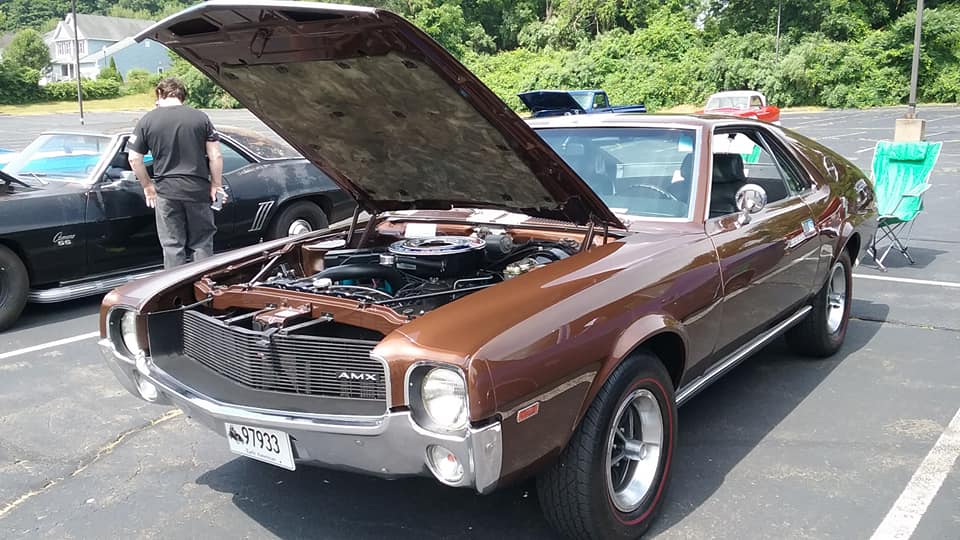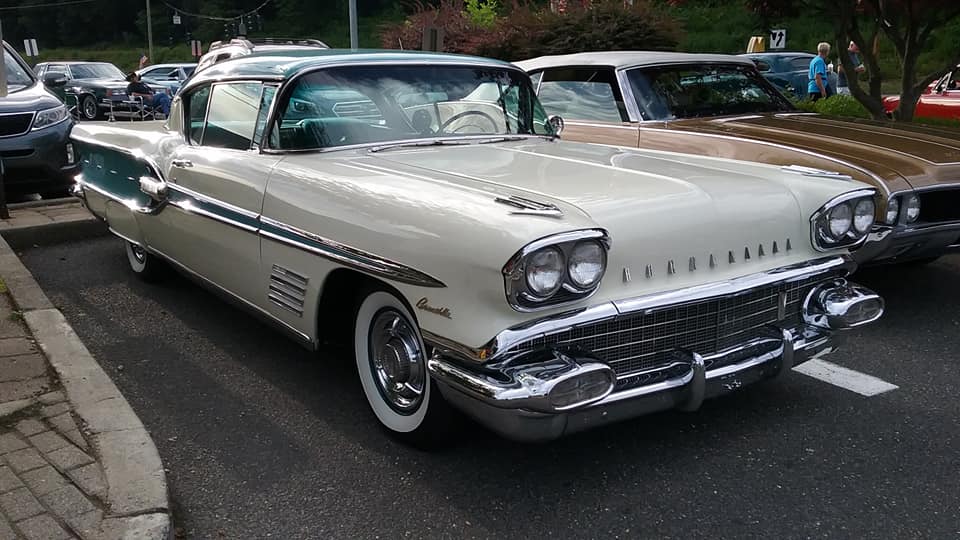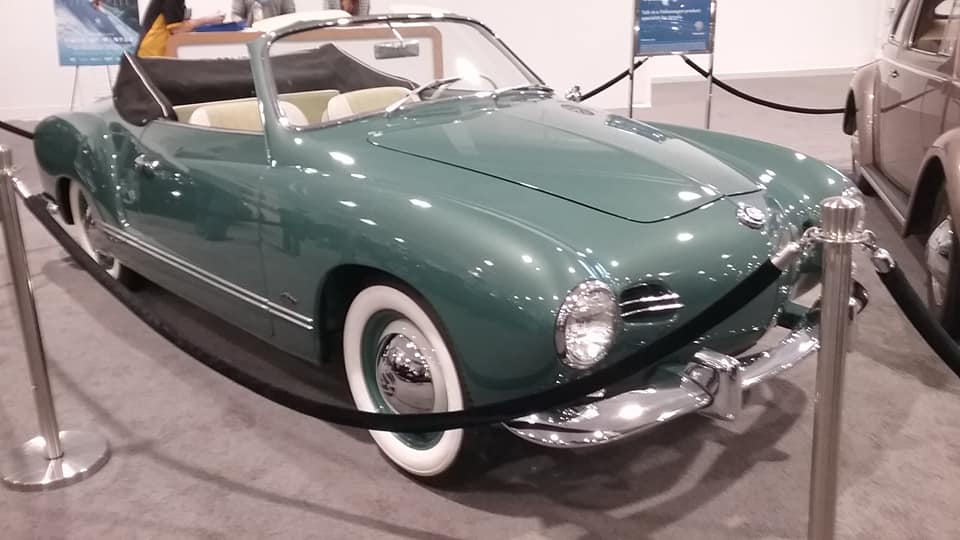Car: Plymouth ‘Cuda Coupe
Year: 1970
What makes it special: The redesign for the 1970 Barracuda removed all its previous commonality with the Valiant. The original fastback design was deleted from the line and the Barracuda now consisted of coupe and convertible models. The all-new model was built on a shorter, wider version of Chrysler’s existing B platform, called the E-body. The E-body Barracuda was now “able to shake the stigma of ‘economy car’.” The high-performance models were marketed as ‘Cuda deriving from the 1969 option. Barracuda options included decal sets, hood modifications, and some unusual “High Impact” colors such as “Lime Light”, “Bahama Yellow”, “Tor Red”, “Lemon Twist”, “Curious Yellow”, “Vitamin C”, “In-Violet”, “Sassy Grass” and “Moulin Rouge”
What made it famous: Three versions were offered for 1970 and 1971. The base Barracuda (BH), the luxury oriented Gran Coupe (BP), and the sport model ‘Cuda (BS). For 1970 and 1971, the Barracuda and Barracuda Gran Coupe had two six-cylinder engines available: A new 198 cu in version of the slant-6, and the 225, as well as three different V8’s: the 318 ci, the 383 ci with 2-barrel carburetor and single exhaust, and the 383 ci with 4-barrel carburetor and dual exhaust 330 hp SAE gross. The Cuda had the 383 ci 335 hp SAE gross, same as Dodge’s 383 Magnum as the standard engine. It also had the 440 ci 4-barrel Super Commando, the 440 ci Six-barrel Super Commando Six Pak, and the 426 ci Hemi. The 440- and Hemi-equipped cars received upgraded suspension components and structural reinforcements to help transfer the power to the road. In 1970 and 1971 only, the shaker hood, option code N96, elastomeric rubber colored bumpers, and the Spicer-built Dana 60 rear axle were available. The shaker hood was available with 340, 383, 440 4-barrel, 440 six-barrel, and 426 Hemi engines.
Why I would want one: To me, the 1970-1971 ‘Cuda’s were the epitome of Pony/Muscle car.
Fun fact: The Barracuda was discontinued after the 1974 model year.









